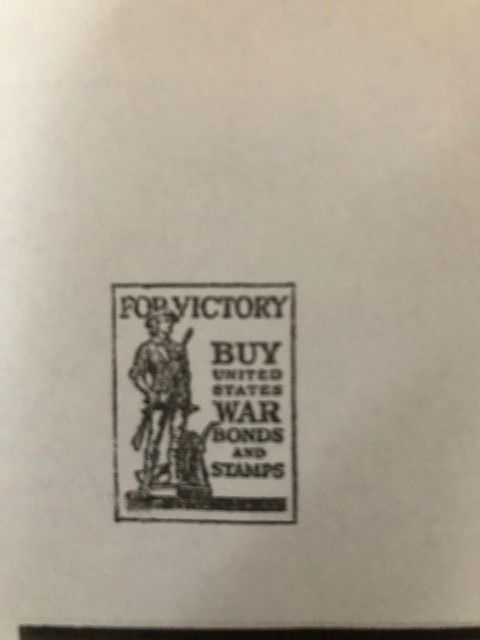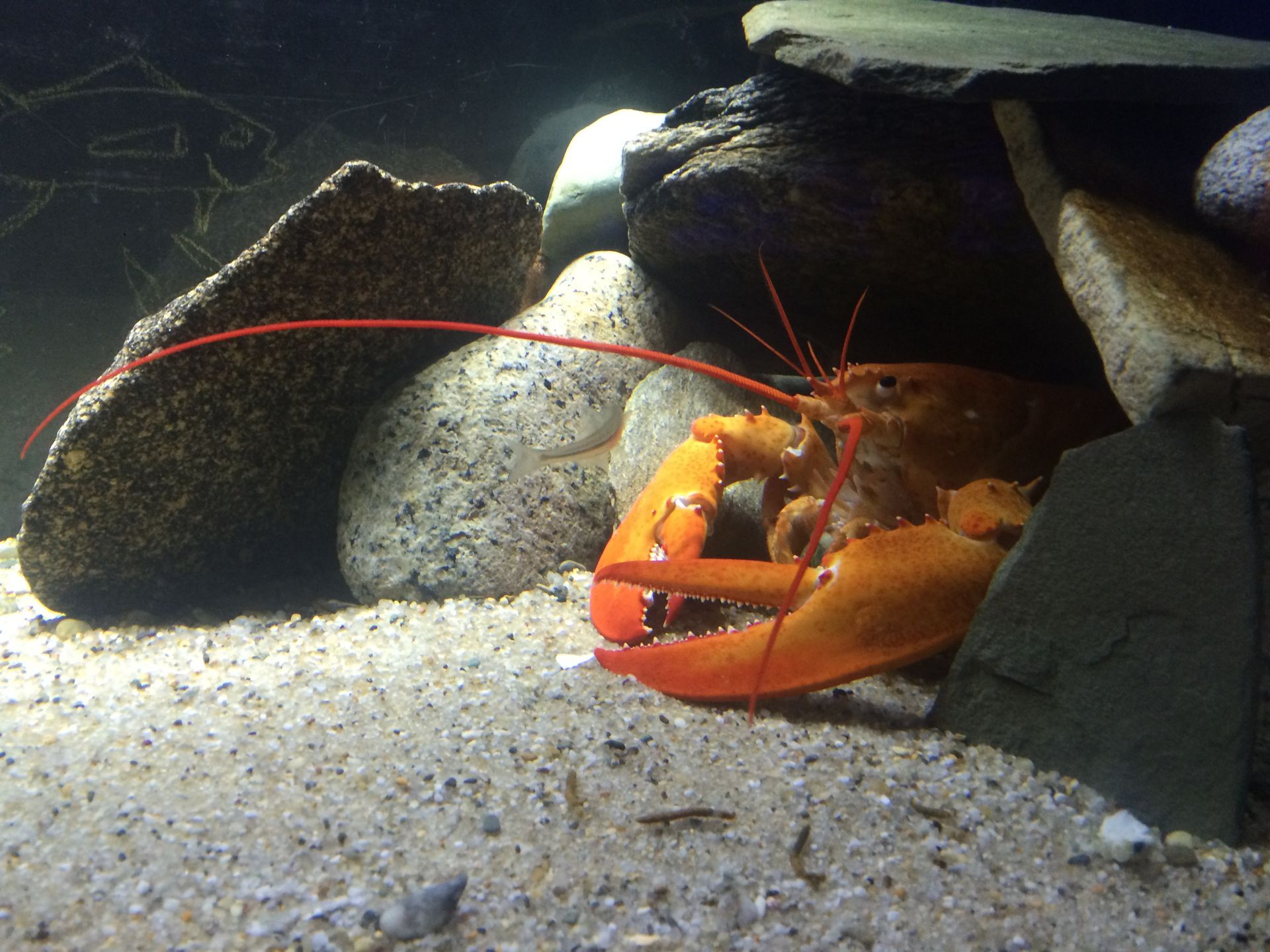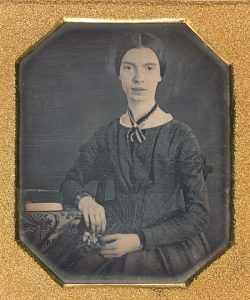Emily Dickinson
At a young age, I was given a book of Emily Dickinson’s poems illustrated specifically for a child. It was given to me by friends of my parents – they had all been good friends in high school. Their daughter and I became friends as well. We always celebrated New Year’s together by staying at one another’s houses overnight – swapping the place each year. That ended when the couple divorced and slowly over time, we did not see them much anymore. I still have that book however. It left an impression on me – particularly “I’m Nobody! Who are you?”
Emily Dickinson is of course infamous for being a so-called recluse . . . which is not true. Her poetry continues to be studied and her life to inspire books – fiction and non-fiction. Currently, a new exhibition has opened at the Morgan Library and Museum in New York City (http://www.themorgan.org/exhibitions/emily-dickinson)
spurring on more interest in her life and her work. Being a Mount Holyoke College graduate, I also have a further interest in her – though she only attended for about a semester. One year while I was at MHC, my Mother and I visited her home, which is a beautiful historic house museum in Amherst, Massachusetts.
You probably wonder why I mention her here. While their paths did not cross, I am most assured in my mind that Maria Mitchell would have read her poetry and Emily Dickinson would be most aware of Maria Mitchell and her accomplishments. Dickinson would have been 17 when Maria discovered her comet and as one who attended a woman’s college (called seminary then), she would have been greatly aware of the creation of Vassar Female College and Maria’s work there. Dickinson even had a copy of The Marble Fawn by Nathaniel Hawthorne – a volume that refers to a lady scientist – Maria being the inspiration.
I am happy to say that, today, we have been reunited to some extent with the people I mentioned above when first opening this post. My Mom and her friend are in regular contact with one another and this friend has been an enormous emotional support. The couple’s daughter and I talk sporadically as well. She now passes her son’s clothes down to my son and funnily enough, we realized that over the year’s we have been visiting the same spot in Maine and staying in the exact same bed and breakfast but just two months apart! Moreover, every time over the years when I look at that book of poetry, I think of them. Funny how Emily has kept me connected.
JNLF
Recent Posts





